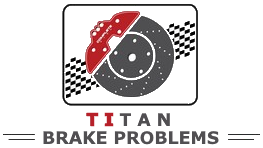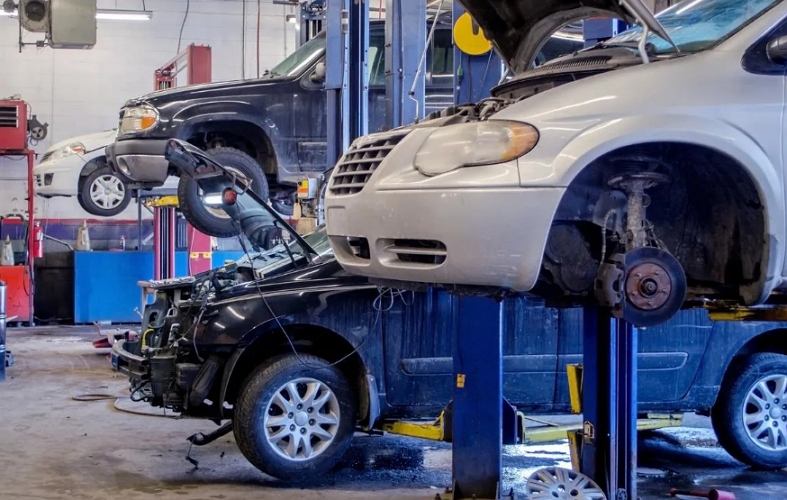It is important to differentiate between “recommended” and “required” services when bringing your car in for repairs. Additionally, reading please the manual for a better understanding of your vehicle’s needs.
Navigating an auto service repair facility doesn’t have to be a source of stress. Remember that this industry revolves around customer service, and as the client, your needs should be the priority. The goal for the service provider should be to ensure a pleasant experience while addressing your concerns. However, due to various factors, this ideal scenario doesn’t always unfold as expected.
The car repair and maintenance industry is substantial, with an estimated value of over $10 billion in Canada just last year. With such a significant market, there is a genuine risk of paying more than what is essential for your automotive needs. It’s important to be mindful of this and take steps to avoid unnecessary expenses.
In addition to the lack of understanding about vehicle mechanics, a simple visit to a service center can quickly turn into an intimidating experience filled with potential challenges and uncertainties. However, there are practical measures you can take to reduce this anxiety and make the process more manageable. By following these steps, you can minimize the unease associated with automotive repairs and maintenance.
Tip 1: read supplier reviews
Once you have decided on the type of facility you prefer, such as a dealership service department, a chain store/franchise, or a privately-owned independent shop, seeking referrals from satisfied customers becomes the top method to improve your chances of selecting a reliable option. Additionally, online reviews can provide some valuable insights in your decision-making process.
Tip 2: leave simple tasks for the first visit
For your initial visit to a new service provider, it’s best to start with a simple maintenance task like an oil change, tire rotation, or brake inspection. Choosing a straightforward service allows you to gauge the atmosphere and professionalism of the establishment and its staff without the added pressure of dealing with a potentially costly car problem. This way, you can familiarize yourself with the service provider and assess their competence and customer service approach in a low-stakes situation.
However, circumstances may not always align with our plans. Unforeseen situations like an unexpected warning light or the sudden screeching of worn brakes can prompt you to visit a potential service provider sooner than anticipated. These situations are common and can happen to anyone.
Regardless of how you found yourself in that situation, it’s important to take some responsibility for managing costs. This is especially true when it comes to maintaining a newer car that is still covered by warranty. Two essential principles to keep in mind are understanding the distinction between “recommended” and “required” services, and taking the time to thoroughly read the vehicle’s manual. These practices can help you make informed decisions and avoid unnecessary expenses.
Tip 3: read the car manual
Your Owner’s Manual is a valuable resource that provides maintenance schedules and essential information for preserving your vehicle’s warranty and prolonging its lifespan. It can be your guide in determining whether the service advisor’s suggestion, such as a coolant flush at two years old, is genuinely necessary or simply an attempt to extract more money from you. By consulting the manual, you can gain insight into the recommended coolant replacement interval, which is typically between 6 and 10 years for most new vehicles. This knowledge can help you make informed decisions and avoid unnecessary expenses.
Tip 4: try to explain problems in simple terms
If you find yourself at the service facility with a specific concern, it’s natural to feel a bit intimidated when trying to explain the problem to the technician or service advisor. However, it’s important to remember that you don’t need to be an expert in car mechanics. Simply do your best to describe the issue as clearly as possible. The professionals are there to help, and they have the necessary expertise to diagnose and address the problem effectively. Your input, no matter how basic, can provide valuable information that aids in the troubleshooting process. So, don’t hesitate to share your observations and concerns.
Providing specific details about the circumstances under which the issue occurs can greatly assist in diagnosing the problem. Take note of whether the issue happens during acceleration, braking, over bumps or turns, or at certain speeds. Consider if it occurs more frequently after starting the vehicle or during rainy conditions. Additionally, pay attention to the type of sound it produces, such as clunking, squeaking, rattling, grinding, or humming.
It’s common for customers to hesitate when sharing information, fearing that more knowledge on the mechanic’s part will result in higher costs. However, it’s crucial to remember that sharing accurate and detailed information helps the mechanic to pinpoint the issue more efficiently. This, in turn, can save time and potentially reduce overall repair costs. Open communication and collaboration between the customer and mechanic are key to resolving the problem effectively.
Contrary to popular belief, providing more information about the issue can actually expedite the diagnosis process. The more details I have, the better I can pinpoint and potentially replicate the problem, leading to a faster resolution.
Tip 5: don’t mention your budget
However, there’s one aspect I advise against mentioning, especially upfront, and that is your budget. Sharing your budget with the service provider may inadvertently lead to inflated costs. As my boss humorously warns oversharing customers, “Oh no! Don’t disclose that to the person behind the counter! Before you know it, the price of whatever you need will mysteriously increase by $100!”
By focusing on describing the issue accurately and openly communicating about the symptoms, you can assist the technician in efficiently addressing the problem without unintentionally affecting the cost.
Once a test drive, inspection, or preliminary diagnostics have been completed, we have reached a stage where a specific issue has been identified or is strongly suspected. At this point, it may be necessary to proceed with repairs or conduct more extensive diagnostic procedures that involve dismantling or time-consuming processes to validate the concern.
Tip 6: learn consumer protection law
At this stage, it is important to be familiar with the Consumer Protection Act, which includes certain provisions to protect your rights. One of these provisions is the right to receive an estimate for the required repairs. It is important to note that the final cost should not exceed the estimated amount by more than 10 percent. However, it is also worth mentioning that the service provider may charge for providing the estimate if it involves the cost of parts and/or labor, but they should inform you about this beforehand.
The Consumer Protection Act (CPA) also outlines minimum warranty periods of 90 days and 5,000 kilometers for any labor and parts that you have paid for. However, it is worth noting that many service providers often exceed these minimum warranty periods as a standard practice.
If the staff at the service facility are fulfilling their responsibilities, you should have a clear understanding of the necessary repairs and the reasons behind them. However, if you still feel uncertain or uneasy about the information provided, it’s important to remember that you have the right to refuse the repairs and seek a second opinion from another professional. Your peace of mind and confidence in the decision-making process are paramount.

